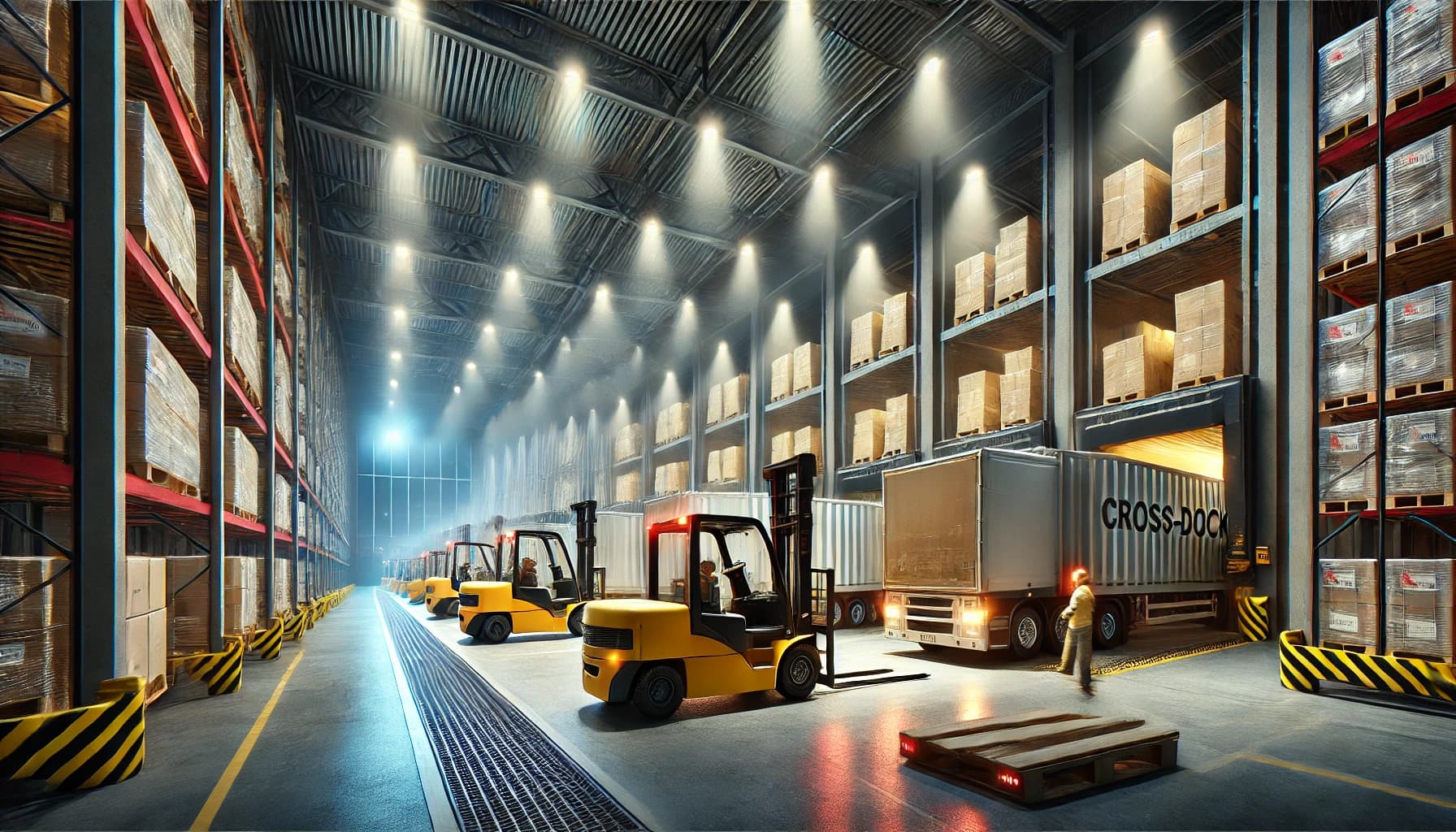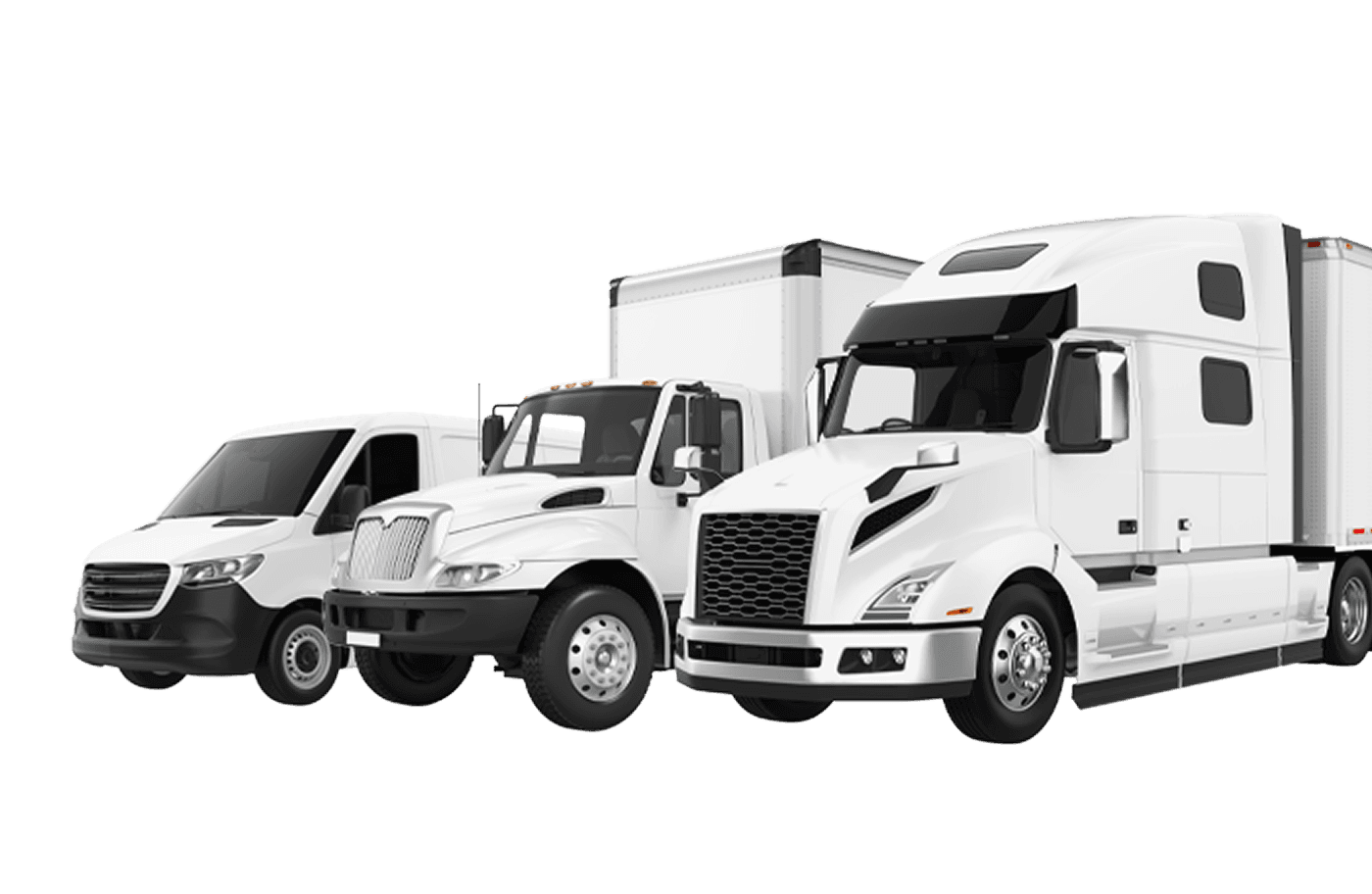
Cross Dock Near Me in 2025: How Local Cross Docking Is Reshaping U.S. Logistics
Why cross dock near me searches are driving faster, smarter, and leaner freight strategies in 2025.
Freitty
07 May 2025, 8 min read
Cross dock near me in 2025 is more than a simple location-based search — it's a tactical move for businesses determined to increase delivery speed, reduce overhead, and streamline freight operations. As supply chains become increasingly time-sensitive and inventory cycles shrink, companies across the U.S. are turning to nearby cross docking facilities to simplify the movement of goods without the need for long-term storage.
Why “Cross Dock Near Me” Became a Strategic Search Term for Business Logistics
The phrase “cross dock near me” has skyrocketed in popularity among logistics managers, supply chain directors, and procurement teams. Why? Because proximity matters. Local cross docking enables regional and national businesses to:
• Accelerate inbound-to-outbound transfers
• Bypass expensive warehouse rentals
• Cut down delivery windows from days to hours
• Gain better visibility into freight movement in real time
In 2025, businesses no longer ask if they should use cross docking — they ask where the best local facility is.
What Is a Cross Dock and How It Works in 2025
A cross dock is a logistics facility where inbound goods are quickly sorted, reorganized, and transferred directly to outbound trucks. There’s little to no storage — the focus is on speed and accuracy.
Here’s how it typically works in 2025:
• Inbound freight arrives via truck, rail, or container
• Pallets are scanned, sorted, and directed to outbound zones
• Shipments are reloaded, restacked (if necessary), and dispatched the same day
Smart cross docks operate with real-time tracking systems, load balancing software, and advanced handling protocols to ensure that freight never stays still longer than necessary.
Top Business Benefits of Using a Local Cross Docking Facility
Searching for a “cross dock near me” offers several operational advantages — especially for businesses managing high-volume shipments or time-sensitive delivery contracts:
• Reduced dwell time: Goods move quickly from dock to dock, reducing idle inventory
• Lower storage costs: Eliminate long-term warehousing by transferring goods immediately
• Faster last-mile delivery: With goods closer to the final destination, delivery times shrink
• Higher shipment accuracy: Barcoding and digital tracking minimize errors and delays
• Better route optimization: Combine or split loads based on final delivery needs
Real-World Scenarios: Who Uses Local Cross Docking in 2025
Cross docking is no longer reserved for mega-retailers. In 2025, its use is widespread across industries:
• Retailers: Streamline product replenishment without adding warehouse stock
• E-commerce brands: Prep last-mile deliveries faster and reduce return cycle time
• 3PL companies: Offer faster freight transfer services for multiple clients
• Manufacturers: Consolidate incoming materials for final assembly and reduce buffer inventory
• Pharma and medical logistics: Deliver high-sensitivity products with less handling
Whether moving freight across states or across neighborhoods, local cross docks reduce friction in the supply chain.
Site Strategy: Why Proximity and Location Still Matter
Choosing the right cross dock near me involves more than pinning a dot on the map. Location affects cost, speed, and compliance. A well-positioned cross docking facility:
• Reduces total transportation miles
• Minimizes fuel usage and emissions
• Aligns with regional or metro delivery zones
• Shortens delivery windows during peak demand
Cross docking facilities near major highways, rail terminals, or ports deliver maximum flexibility and routing efficiency.
Technologies Driving Cross Docking Efficiency Today
In 2025, local cross docking is powered by a suite of tech tools that enhance performance and reduce errors:
• Real-time freight visibility: See where every pallet is, instantly
• Dock scheduling platforms: Automate dock availability, truck arrival, and labor management
• Barcode and RFID tracking: Match items to destinations with pinpoint accuracy
• Automated pallet restacking: Ensure optimal stacking for outbound trailer safety
• AI-driven load balancing: Suggest best pairings between inbound and outbound lanes
These technologies make it possible for even regional operations to achieve national-level logistics performance.
What to Look for When Searching for a “Cross Dock Near Me”
Not all cross docks are created equal. When evaluating a local facility, businesses should assess:
• Proximity to your lanes: Is it near key highways or delivery zones?
• Availability: 24/7 operation? Same-day turnaround?
• Freight capacity: Can it handle your volumes — both peak and off-peak?
• Technology stack: Does it integrate with your TMS or inventory system?
• Safety compliance: Does it meet OSHA and DOT requirements?
Choosing a poorly managed cross dock can result in delays, damages, and lost revenue. Vet carefully.
Freight Optimization Through Cross Docking
Using a cross dock near me isn't just about convenience — it directly impacts your freight planning. With smart local coordination, businesses can:
• Split shipments based on last-mile zones
• Combine LTL freight into optimized full truckloads
• Reduce handoffs that increase the risk of damage
• Scale shipping without needing to expand warehouse space
• Handle returns, re-routes, and rush deliveries faster
Cross docking becomes the connective tissue between inbound supply and outbound delivery — optimizing both ends in real time.
The Future of Cross Docking in the U.S.: What’s Coming Beyond 2025
Looking beyond 2025, cross docking will continue to evolve with:
• AI route planning: Live traffic, weather, and capacity-based decisions
• Micro cross docks in urban zones: Serving dense populations with fast turnover
• Drone and autonomous vehicle coordination: Faster local distribution
• Green freight certification: Cross docks that support ESG goals through efficiency
• Integrated supply chain orchestration: Cross docks as digital nodes in a connected flow
As delivery expectations tighten, cross docking becomes not just a logistics tactic — but a competitive strategy.
You may also like

Bridging Giants: Navigating the US-China Supply Chain in a Shifting Global Landscape
Unlocking Opportunities Amidst Geopolitical Change
0 min read

Logistics Without Limits: How Franchising Is Fueling the Next Wave of Growth in the Industry
A New Era of Scalable, High-Performance Logistics
4 min read

Unlocking Value Together: How the Sharing Economy Is Reshaping Logistics and Beyond
The New Age of Shared Value
0 min read
Streamline Your Logistics Today
Partner with Freitty for smarter, faster, and more efficient cross-docking services.
